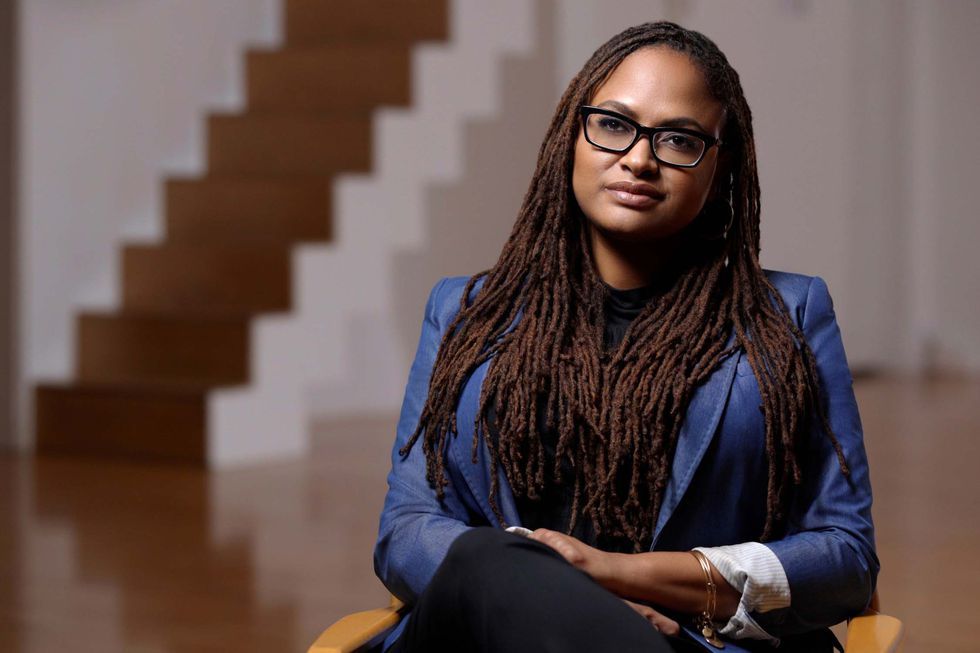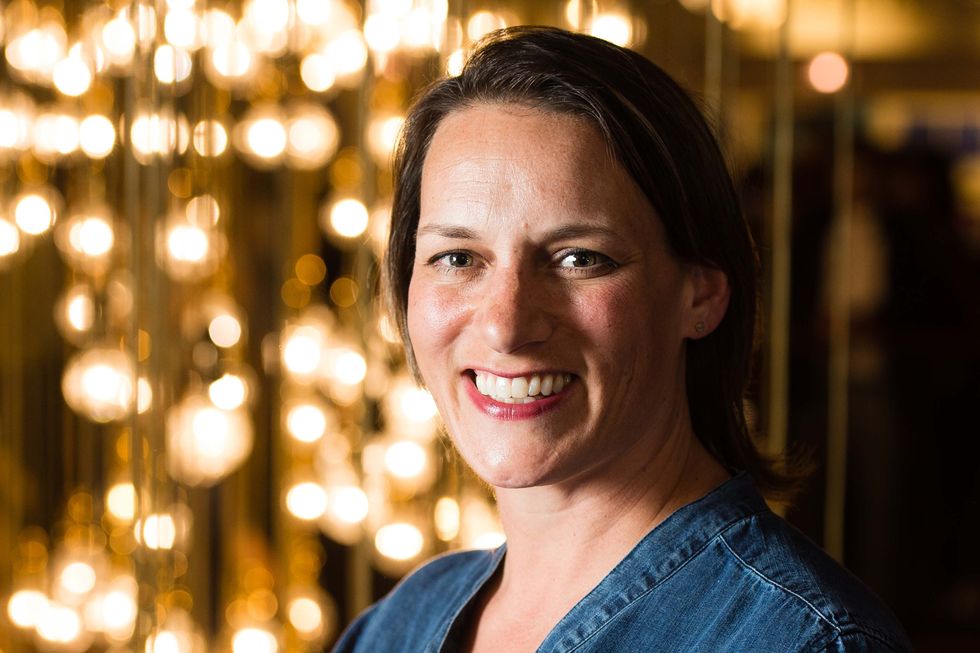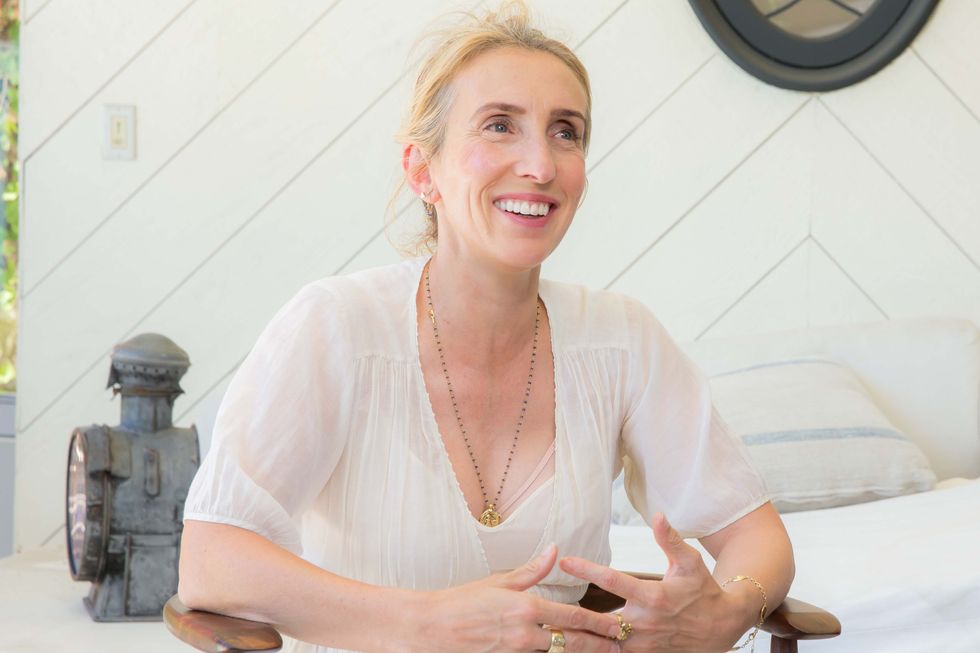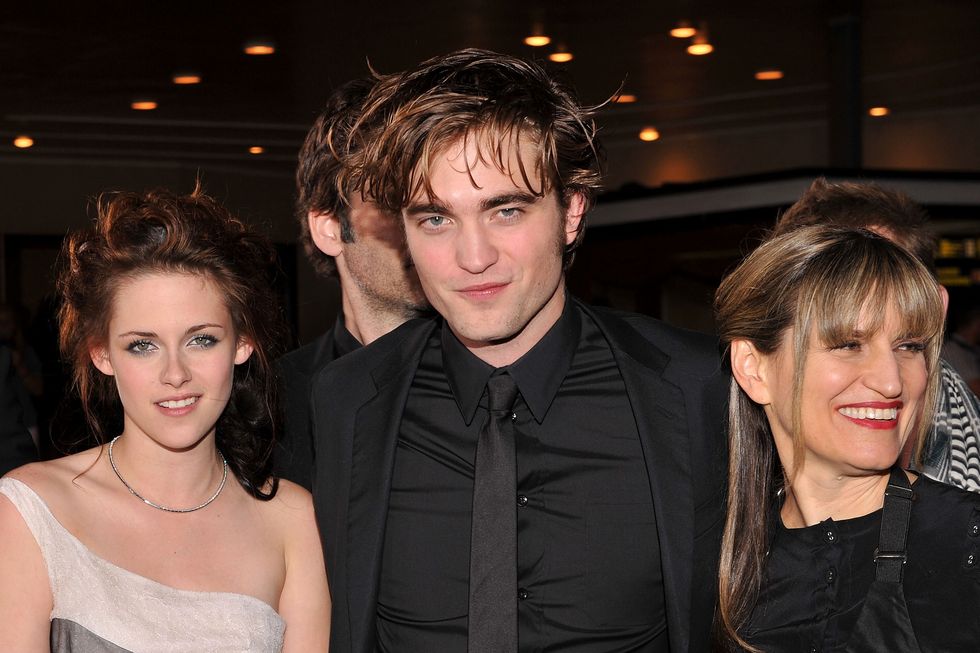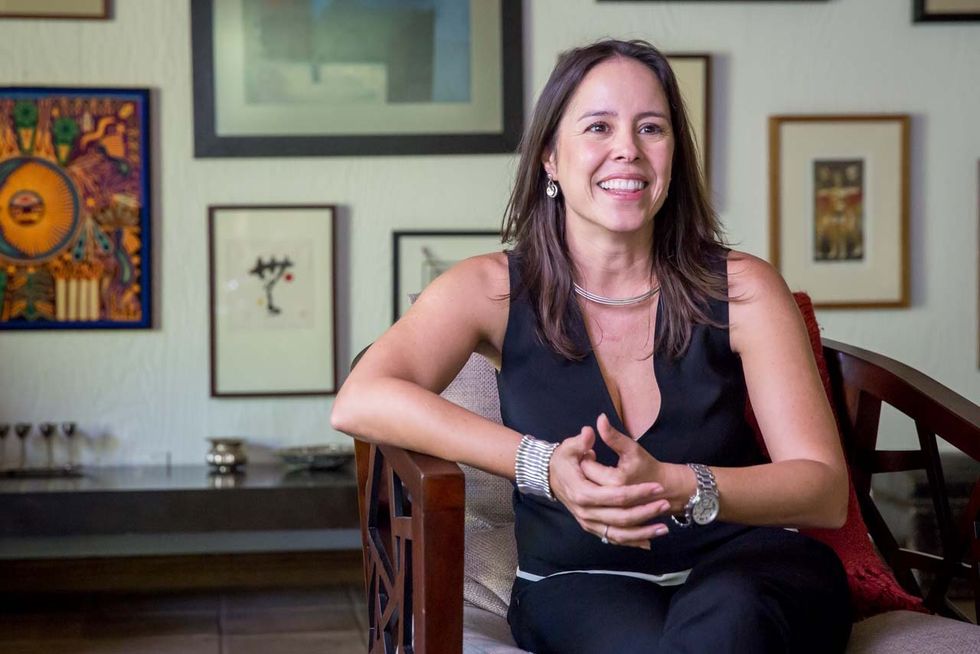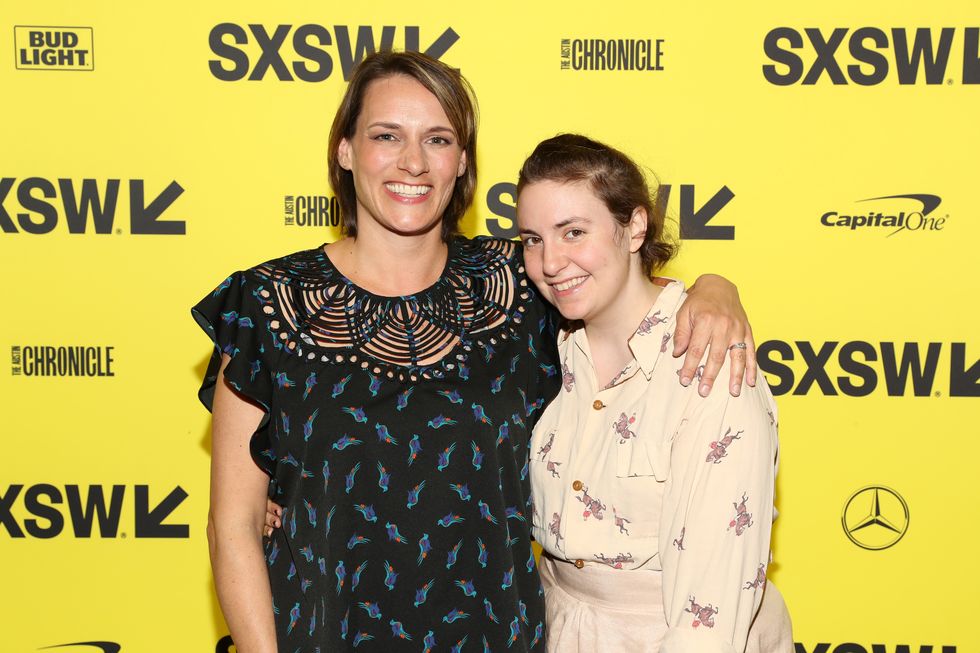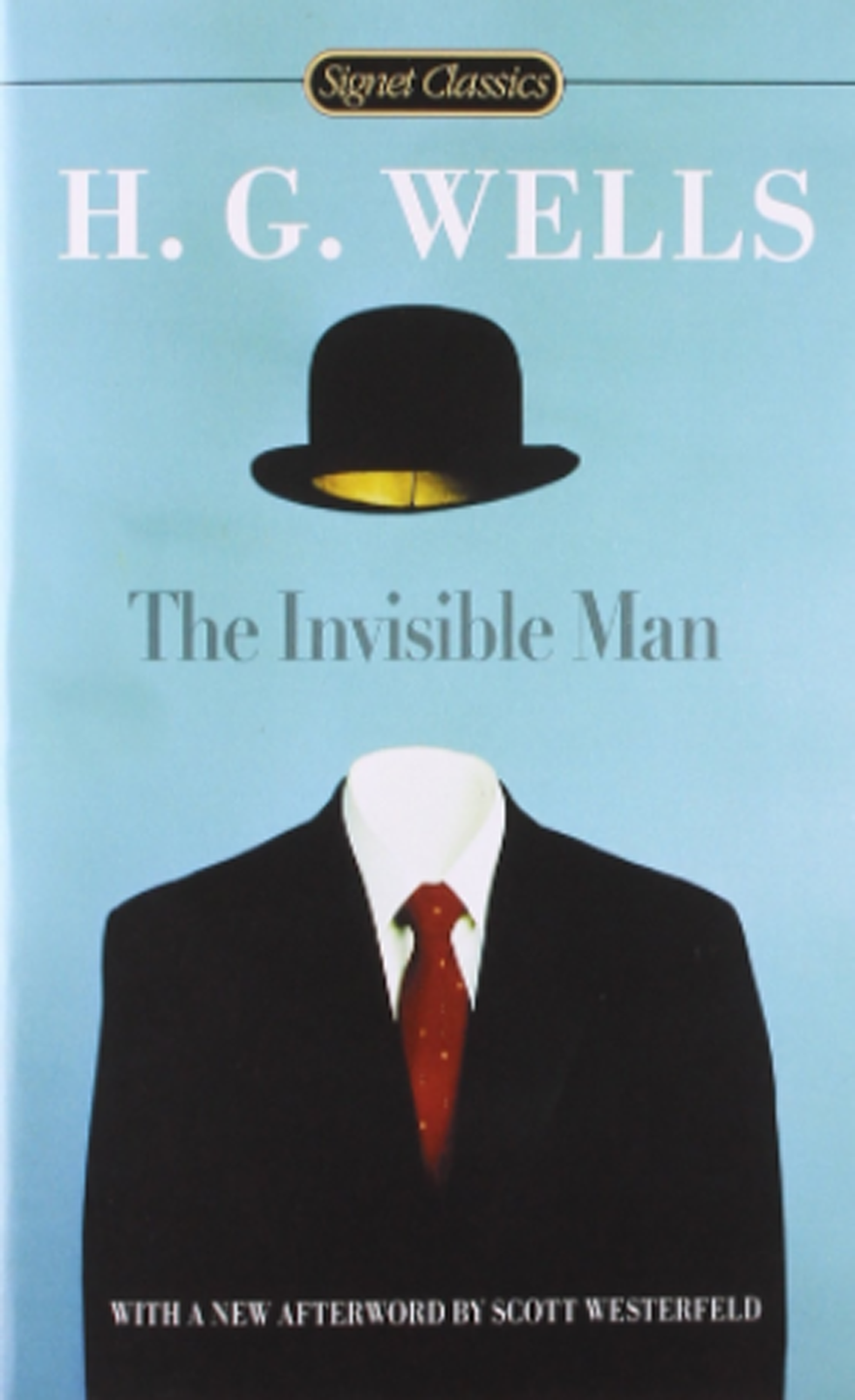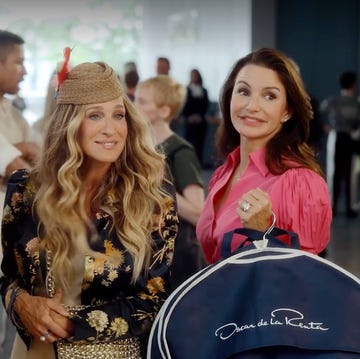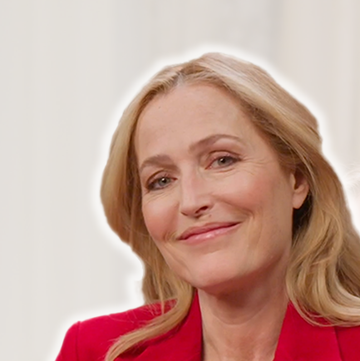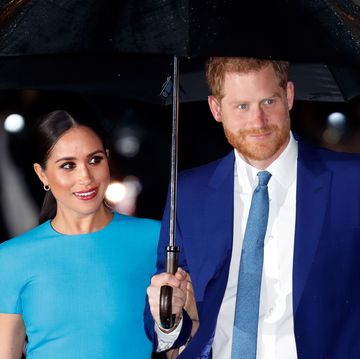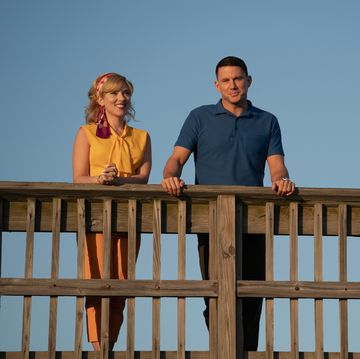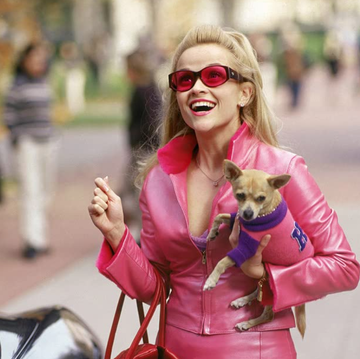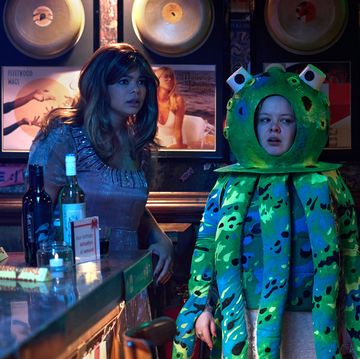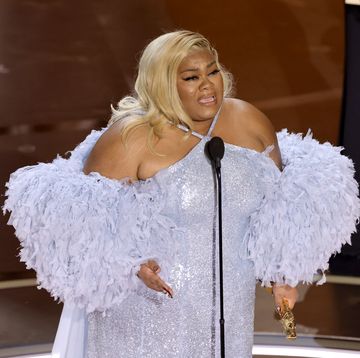In 2015 the first-time film-maker Amy Adrion began production on Half the Picture, her documentary calling out ingrained sexism in the entertainment industry. At that time, her peers were unconvinced of the necessity of her project. "I would explain what I was doing, and I would have people in the business saying, ‘Is this really a problem now? Are women just too sensitive?’" she tells me. "They just didn’t really believe that this kind of systemic discrimination exists." Then came the toppling of Hollywood heavyweights during last year’s sexual-assault revelations, sparking the #MeToo uprising and rocketing Hollywood’s gender imparity to the top of the agenda.
"The Harvey Weinstein situation is just so extreme and insane it opens people’s eyes to the really severe gender and power imbalances in this industry," says Adrion. "People are not pretending that sexism doesn’t exist any more."
Half the Picture’s premiere at Sundance in January was perfectly timed, arriving in an era when studio executives are more willing to address their workplace-diversity shortcomings. The documentary comprises talking-head interviews with 50 high-profile female directors, including Lena Dunham (Girls), Ava DuVernay (Selma), Catherine Hardwicke (Twilight) and Sam Taylor-Johnson (Fifty Shades of Grey). Although the film features infographics illustrating the depth of Hollywood’s gender disparity, this data is secondary to the anecdotal evidence of misogyny, which is movingly recounted by each film-maker. "We wanted to make the film more emotional than informational," Adrion explains. "You feel badly for these women because they are so smart and talented and funny and passionate. You realise what a loss it is that they haven’t been able to contribute to our culture as much as they should."
Through Half the Picture, Adrion interrogates how every stage of a film’s lifecycle – from festival funding to press coverage – conspires to keep women out of the director’s chair. Before pre-production has started, female directors are not trusted to deliver box-office returns and often find themselves limited to small-budget projects. (Adrion relates to this, having crowdfunded her debut: "It’s when money gets involved that women start to get pushed out of the system.") Even when they are hired to helm multimillion-dollar movies, expectations are managed to reflect gender biases. Catherine Hardwicke shares one such experience in Half the Picture. When working on Twilight, she was told that "The Sisterhood of the Travelling Pants was popular and made $29 million, we’ll never make more than that." Her vampire flick went on to gross $393.6 million. Despite this record-breaking success, Hardwicke was paid half as much on her next film and was not offered the three-picture deal men tend to get after directing a profitable franchise. To quote Karen Kusama (Jennifer's Body), another film-maker who appears in Half the Picture, "You see so many more male counterparts getting that next shot."
Problems continue to arise when on the shoot, a testosterone-fuelled environment where below-the-line craftsmen can fail to treat female directors with respect. "Pale and male is the authority figure," quips Hardwicke. Adrion herself avoided these power dynamics by assembling a majority-female crew for her documentary, but her subjects disclose heartbreaking tales of onset mistreatment. Lena Dunham recalls how unsolicited advice from a male subordinate almost had her screaming, "Dude, I have a DGA [Directors Guild Award] and a fucking Golden Globe, can you walk away from me right now?" A teary Patricia Riggen (The 33) complains that her creative decisions were undermined by her producer because "he’s a white man and I’m a small brown woman". Ava DuVernay admits that she was targeted with derogatory slurs.
As well as overt prejudice, the language used to describe film-making covertly suggests that women are not up to the task. According to Jill Soloway, the creator of Transparent, the prevalence of military jargon within their profession (from "commander" to "battalion" to "troops") insinuates that directing is a violent combat where men rise victorious. "These are stories men tell to make everyone think men are the only ones who can do this job," Soloway tells Adrion in Half the Picture. Dunham agrees: "People have this idea that being a director is an athletic, weightlifting sport, but it’s actually about intimacy, which women are good at."
After overcoming all of these obstacles, female directors submit their films to festivals in the hope of presenting their movie on the world stage. Adrion – whose work in the industry has spanned programming, acquisitions and distribution – confirms that the odds are stacked against them here, too. "In all areas of the business, the top-level decision-makers are men," she says, "whether you’re talking about film critics or buyers, the distributors, people who greenlight films, studios and festivals, are still quite male-dominated."
Testimony from Half the Picture reveals just how exclusionary this system can be. Dunham laments how her 2009 short Creative Nonfiction was rejected by a male programmer at South by Southwest Film Festival, before being selected by a female employee a year later. "When it's largely men making those decisions, you get more male-centred stories," says Adrion. "When you have one female head of programming [at a festival], 33 per cent of films are women-directed, and when it’s just men it’s 24 per cent." And since only 27 per cent of Rotten Tomatoes' top critics are female, films spotlighting women's experiences are also less likely to receive positive press attention, as Jamie Babbit found with her coming-out drama But I'm a Cheerleader. Jill Soloway deems it "irresponsible for Hollywood publications not to have extreme gender and racial parity", when considering the trades' reviews impact a movie's saleability.
Amy Adrion has set off a clarion call for progress in Half the Picture that urges the entertainment industry to redress its flagrant gender imbalance. And yet, despite her film's disappointing findings, she remains optimistic about the future of female cinema. "There’s finally this wave that’s rising up and there are so many different, interesting, diverse female voices, whose work is actually getting out into the world," she says, smiling. "And that’s really exciting." Looking forward to the range of women-directed movies coming to our screens this year – from Sadie to Skate Kitchen, Mary Queen of Scots to The Miseducation of Cameron Post – we cannot help but agree.
‘Half the Picture’ was edited using Adobe’s Creative Cloud video tools, including Premiere Pro CC.
